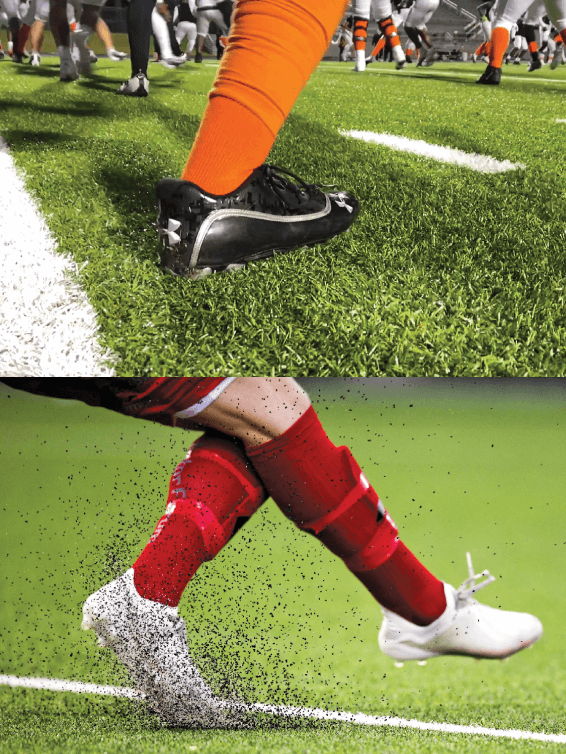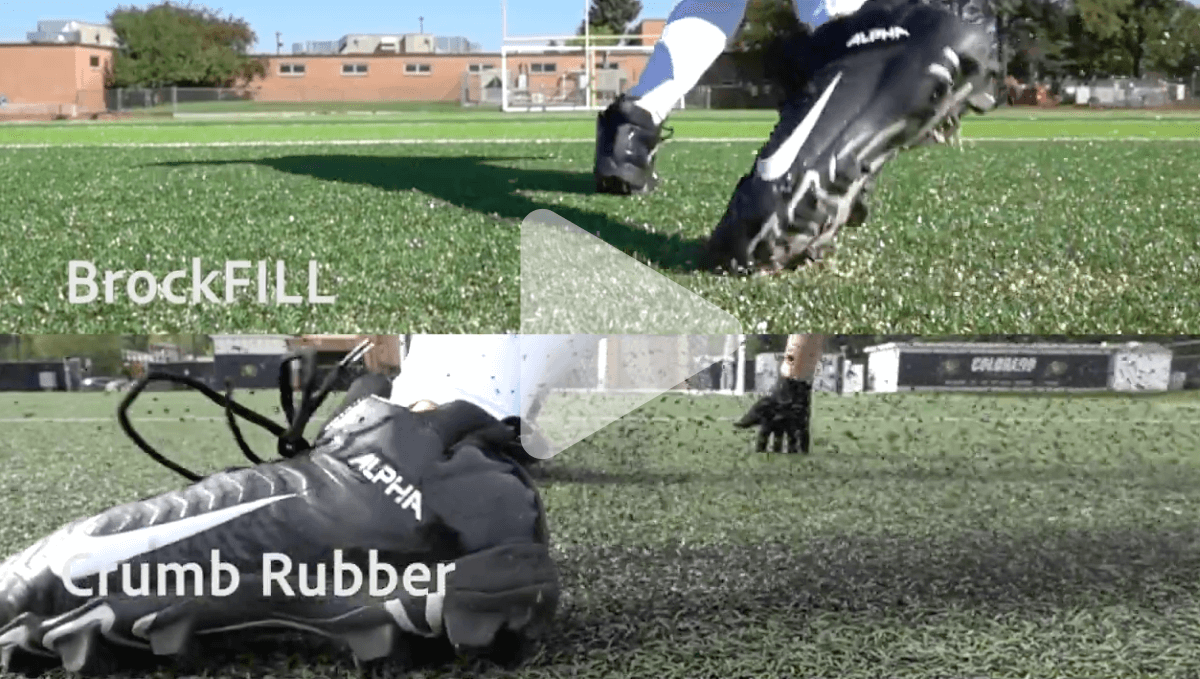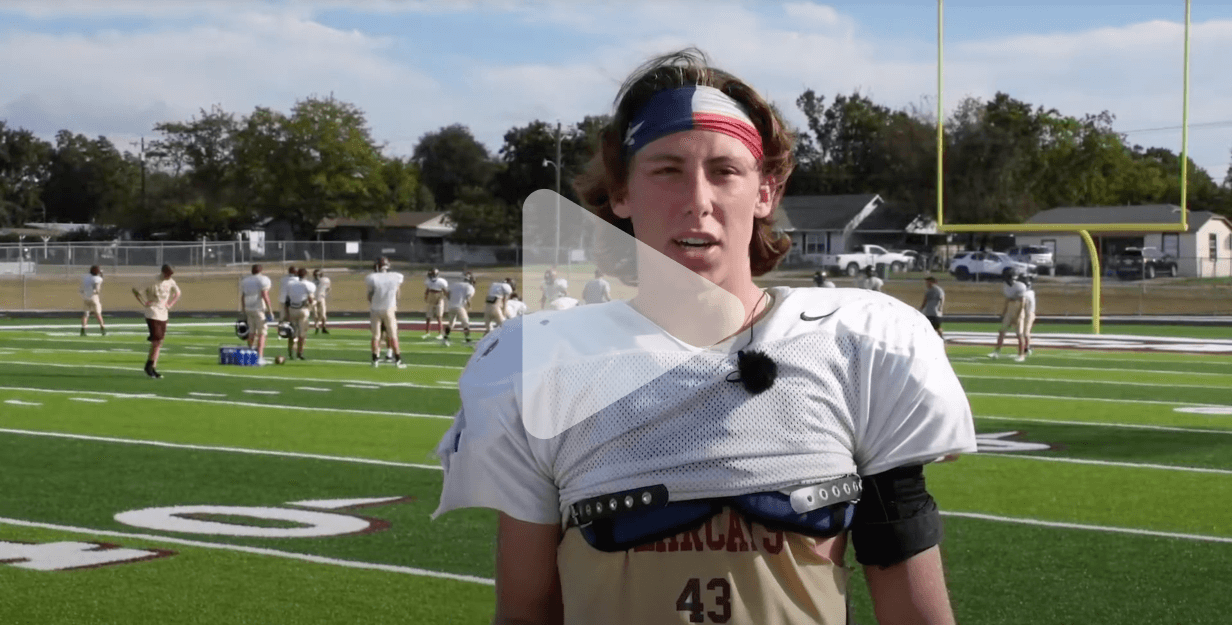Traction
Recent NFL and NCAA studies reported a higher incidence of knee injuries on artificial turf when compared to quality natural grass. This is why athletes prefer quality natural grass and why engineering an artificial surface that replicates it is the ultimate goal.
We don’t make turf. We make turf faster.
Consistency and stability is what athletes want and deserve.
How we test traction safety
Athletes want a surface that is stable under foot. Rubber infill can cause the foot to rock and slide, leading to less stability through the movement. Increasing foot stability and producing a faster release time from the surface (like natural grass does) may be an important factor in lowering these painful and dangerous injuries.
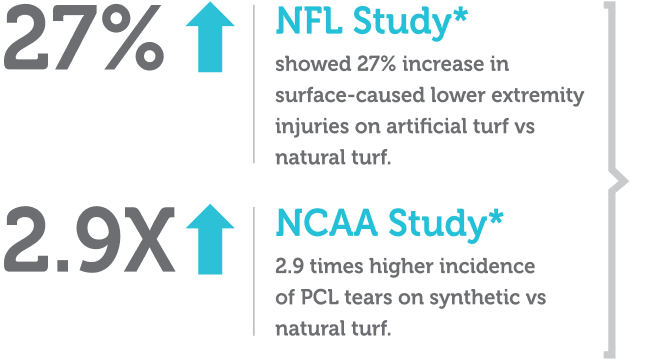
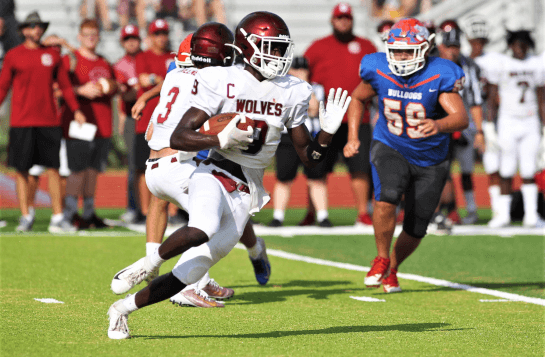
* NFL: 2012-2016, all 32 NFL teams. NCAA: Study published in 2019 by the American Journal of Sports Medicine using data from 2004-2013 seasons, data included 3+ million subjects.
Traction: BrockFILL vs. Rubber
When you see the plumes of crumb rubber in a game, that is an indication of infill movement and foot sliding that can be avoided with a more stable infill. This instability is one reason athletes prefer to play on natural turf vs. artificial turf with rubber. Using high-speed photography, you can see how a more stable infill will provide better traction.
Grip and traction
In a study conducted by Colorado State University Biomechanics, more foot movement and longer cleat release time were seen on the turf with crumb rubber vs. turf with BrockFILL. In separate testing at the University of Tennessee, artificial turf with BrockFILL showed traction forces similar to high-quality Bermuda and Kentucky Bluegrass natural turf.
